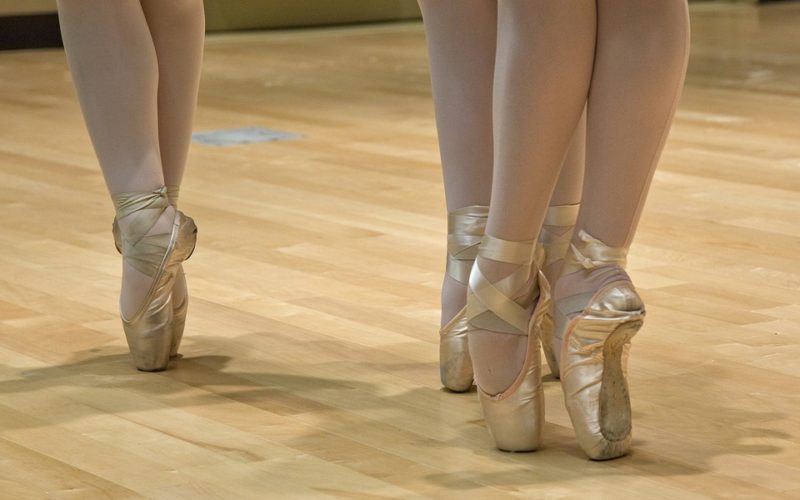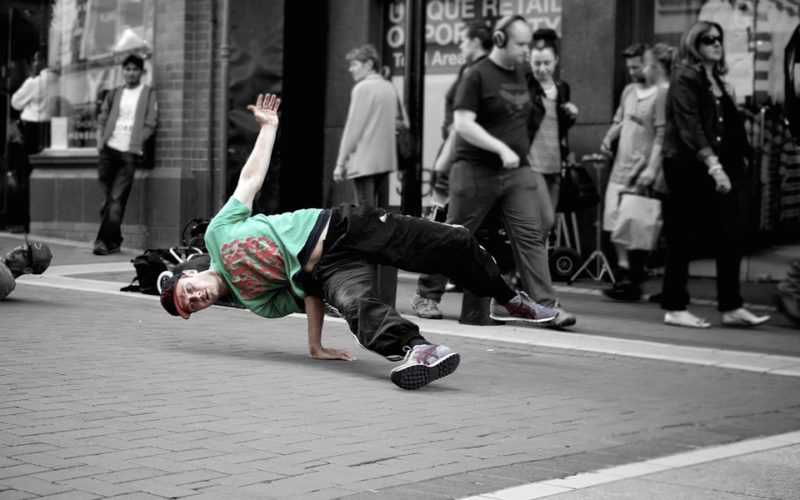Dancers who perform professionally study for years to accomplish the exquisite movement expected of them, and they often suffer pain and injury in their quest for perfection. Their choice of dance expertise requires movement of the entire body to the music, and even the angle of hands and fingers is part of the dance. People who choose to study this style of dance often begin to learn at a very young age, and they practice their art every day.
Ballet dancing is about control of the body as well as placement, and it requires the dancer to understand their relationship to the music. Each note is part of the story their body will relate to the audience, and every movement represents an emotion or message. When the music is uplifting and happy, the dancer accomplishes their moves quickly, and they must be on time with the music. They often appear to leap through the air as if gravity no longer exists.
The music of ballet tells a story, and the dancers act it out on stage. When the music tells a tale of tragedy or grief, the movement of the dancer strives to match this mood. Their ability to express the feelings of the character they are portraying is done through their movement, and it must be realistic to be up to professional standards. When the music turns tragic or sad, the dancer's pace will slow, but they will be no less graceful. Each part of their body enhances the emotional feeling of the music.
There are many traditional ballets that continue to be performed because they tell stories loved all over the world. People have formed their own traditions around some of them, and The Nutcracker is a favorite during the Christmas season. Parents and schools often use a holiday showing as a way to introduce children to this art form, and it becomes a tradition in many families to attend it each year.















